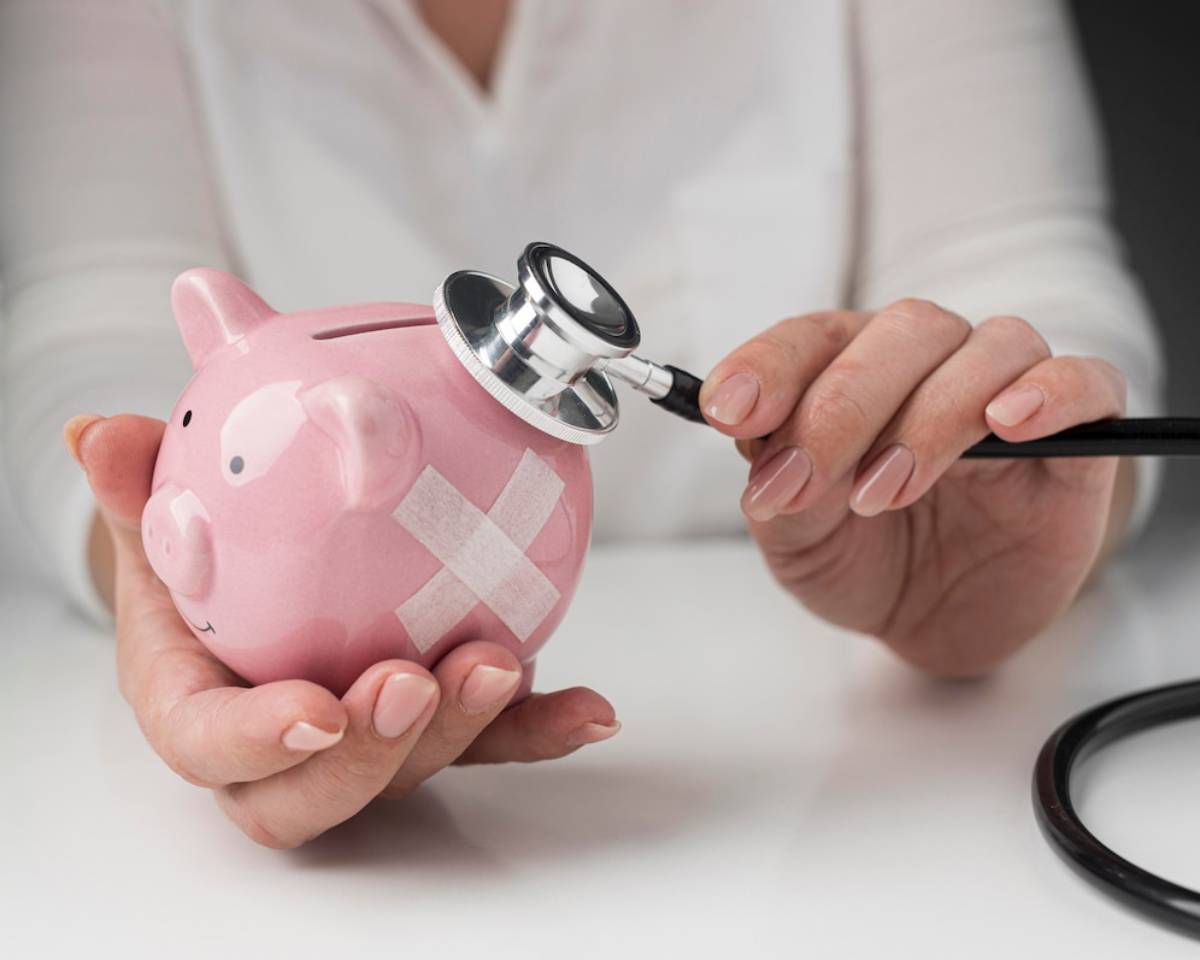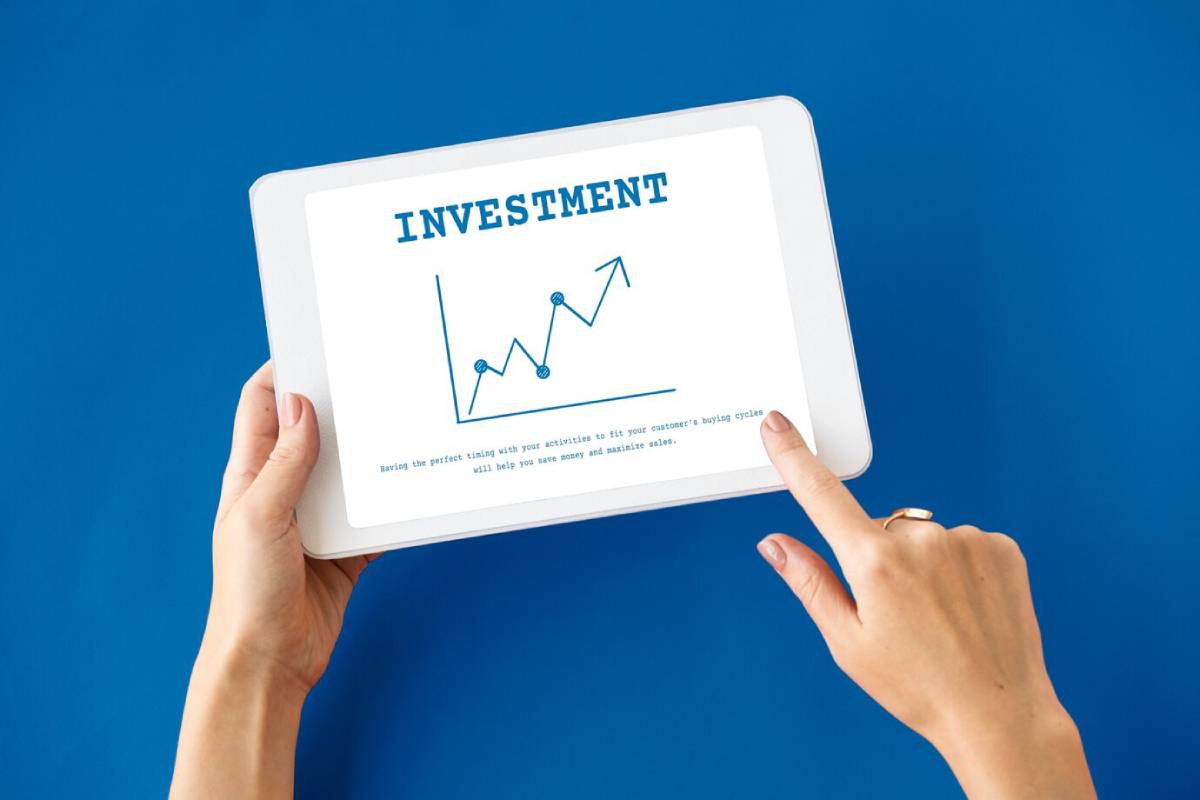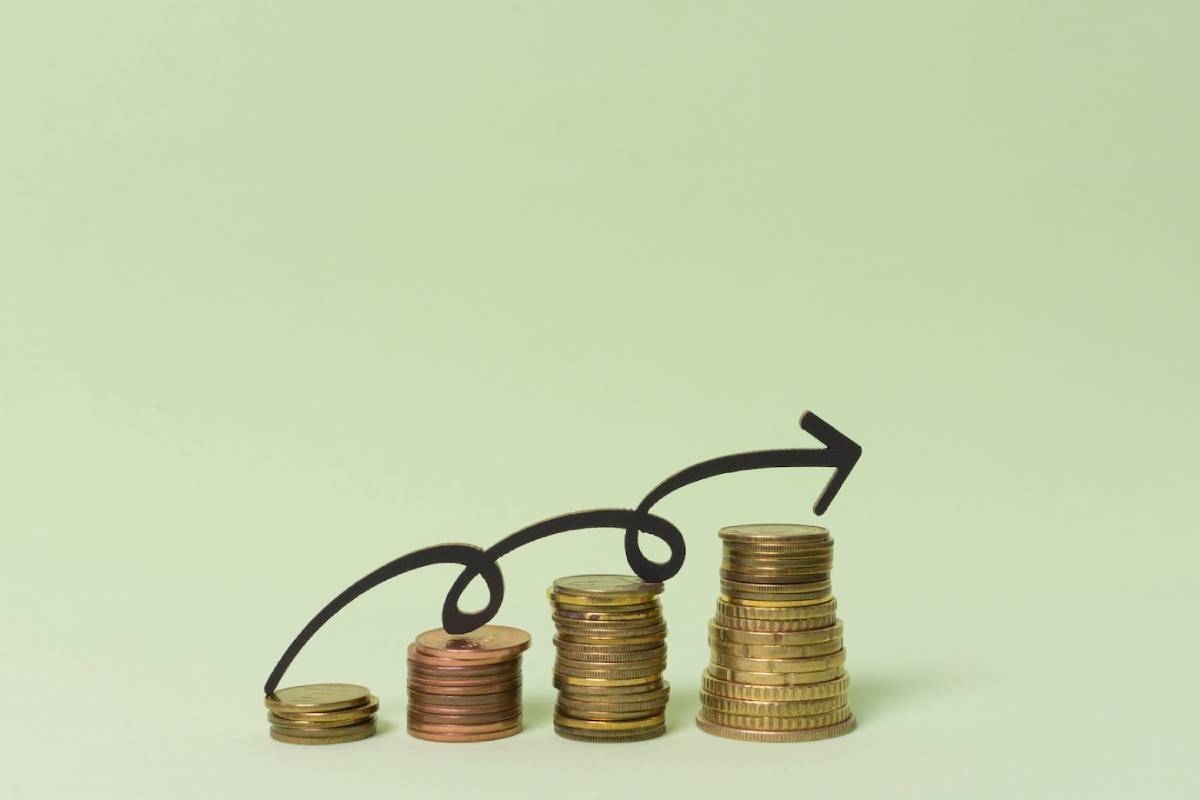
Building an Emergency Fund: Why and How
Picture this: it’s a typical Friday evening, and you’re planning a relaxing weekend. Suddenly, your car breaks down or an unexpected medical bill lands on your lap. Without an emergency fund, you might feel anxious. This can lead to debt or even desperate actions. With a firm financial cushion, you can face life’s surprises calmly and confidently.
In this guide, we will examine why emergency savings matter, share helpful tips for saving, and assist you in building your emergency fund step by step.
Why You Need an Emergency Fund
Emergencies aren’t a matter of if — they’re a matter of when. An emergency fund is like an umbrella on a cloudy day. You may not need it, but you’ll be glad you prepared when a storm comes.
Key Reasons to Build Emergency Savings:

- Job Loss:If you suddenly lose your income, an emergency fund can cover your basic expenses while you look for new employment.
- Avoid debt: Don’t use high-interest credit cards. Skip payday loans. Also, don’t tap into long-term investments.
- Maintain your lifestyle: Handle surprise expenses without drastic lifestyle changes.
- Gain peace of mind: Financial preparedness significantly reduces stress and anxiety.
- Stay focused on your long-term goals: Emergencies won’t stop you from buying a home, retiring early, or starting a business.
Fun Fact: Almost 40% of adults say they can’t handle a £500 surprise expense without borrowing money. Your emergency fund changes that story.
How Much Should You Save?
There’s no universal answer, but financial experts generally recommend:
Savings Milestones:
- Minimum Starter Goal: £500–£1,000 for immediate protection against minor emergencies.
- Long-Term Ideal Goal: Three to six months’ worth of essential living expenses.
Example Calculation:
If your monthly essentials, like rent and groceries, cost £2,000, aim for an emergency fund of £6,000 to £12,000.
Tip: If you have dependents, own property, or freelance, aim for six months or more. This gives you extra security.
Step-by-Step Guide to Building Your Emergency Fund
Step 1: Set a Realistic Goal
Start small. If £6,000 sounds overwhelming, focus on reaching your first £500. Celebrate each milestone to stay motivated.
Motivation Tip: Picture how £500 can help you. It could cover a car repair, a dental emergency, or rent.
Step 2: Open a Separate Savings Account
Keeping emergency funds separate from your everyday account reduces temptation.
Look for accounts with:
- High-yield interest rates (to earn while you save)
- No monthly maintenance fees
- Easy, penalty-free access in case of genuine emergencies
Step 3: Automate Your Savings
Set up automatic transfers from your main account into your emergency savings.
Why automation works:
- Removes the need for willpower or manual effort
- Treat savings like a non-negotiable expense
- Makes the process “invisible” to daily spending habits
Example: Saving £20 per week adds up to £1,040 a year — effortlessly!
Step 4: Cut Unnecessary Expenses

Minor cuts today fund big security tomorrow.
Easy Ways to Free Up Cash:
- Cancel unused subscriptions (streaming services, apps)
- Make a meal plan and cook at home instead of ordering takeaway
- Compare insurance and utility providers to lower bills
- Skip brand names for generics where it makes sense
Savings Tip: Even £3 saved daily (skipping a coffee run) means over £1,000 saved annually.
Step 5: Save Windfalls and Bonuses
Tax refunds, work bonuses, and surprise gifts can quickly grow your emergency fund.
Mindset Shift: Rather than treating windfalls as “fun money,” view them as “freedom money.”
Step 6: Track Your Progress
Watching your savings grow is incredibly motivating.
Ideas for tracking:
- Use a visual savings tracker (colour in a thermometer chart!)
- Set monthly savings reminders.
- Celebrate small milestones (e.g., every £500 saved)
Pro Tip: Share your goals with a trusted friend or partner for extra accountability.
What Counts as an “Emergency”?
Not every unexpected event justifies dipping into your emergency fund.
Ask Yourself These 3 Questions:
- Is it necessary? (Is it a real need?)
- Is it urgent? (Does it require immediate action?)
- Is it unexpected? (Was it unforeseeable?)
True Emergencies:
- Job loss
- Major medical bills
- Urgent home repairs (e.g., burst pipes)
- Essential car repairs
- Emergency travel (e.g., family crisis)
Not Emergencies:
- Holiday shopping
- Concert tickets
- Black Friday sales
- Latest tech gadgets
Guard your funds fiercely. Your future self will thank you.
Real-Life Story: James’ Emergency Fund Lifesaver
James, a 27-year-old freelance videographer, spent 18 months building his emergency fund. When the pandemic hit, his projects disappeared overnight.
Thanks to his emergency savings, James:
- Paid rent and bills for four months without panicking.
- Avoided taking on credit card debt.
- Had time to pivot and diversify his income streams.
Today, James is rebuilding his emergency fund — stronger and more committed than ever.
Lesson learned: It’s not whether life throws curveballs — it’s whether you’re prepared to catch them.
Bonus Tips for Supercharging Your Emergency Fund
- Side Hustle: Pick up freelance gigs or weekend jobs to boost savings.
- Cashback Rewards: Redirect cashback bonuses into your savings pot.
- Round-Up Apps: Use banking apps that round up your purchases. They save the extra change for you automatically.
- Savings Challenges: Try a “no-spend month” or a “52-week savings challenge.”
Quick Insight: Saving just £1 a day adds up to £365 in a year — enough to cover many unexpected expenses.
Maintaining Your Emergency Fund
Building your fund is half the journey. Maintaining it is equally important.
Good Habits:
- Replenish immediately after any withdrawals.
- Adjust your goal as your life circumstances evolve (e.g., marriage, buying a home).
- Your emergency fund should be easy to access. Don’t lock it in risky investments.
Annual Check-In Tip: Once a year, review your fund with your overall financial check-up.
Conclusion: Start Small, Dream Big
Your emergency fund is more than just money in the bank — it’s your financial safety net and an act of self-care.
By taking small, consistent steps today:
- You shield yourself from unnecessary stress.
- You avoid debt traps.
- You empower your future self to handle life’s surprises confidently.
Ready to start building your safety net? Pick your first savings goal. Set up automatic contributions. Then, see your financial confidence increase.


